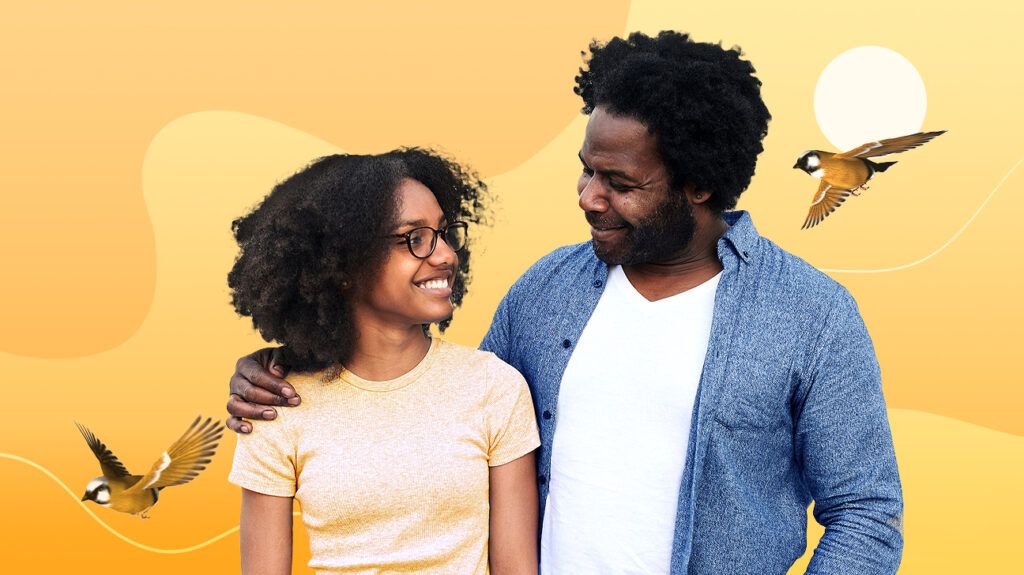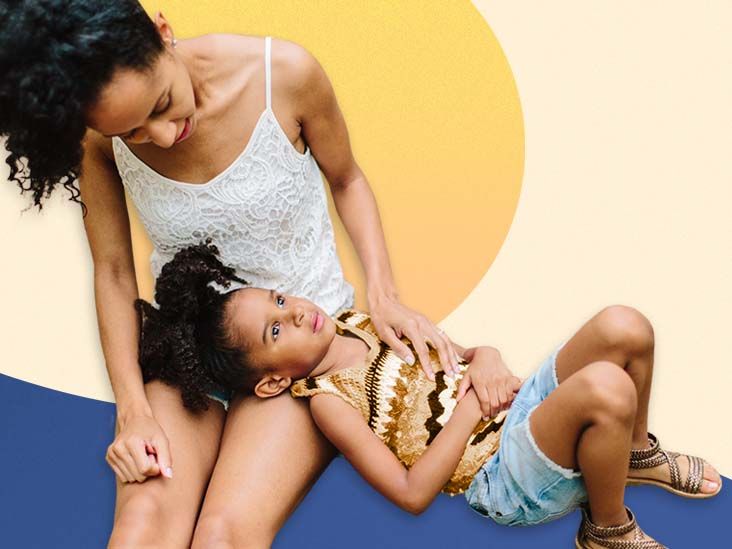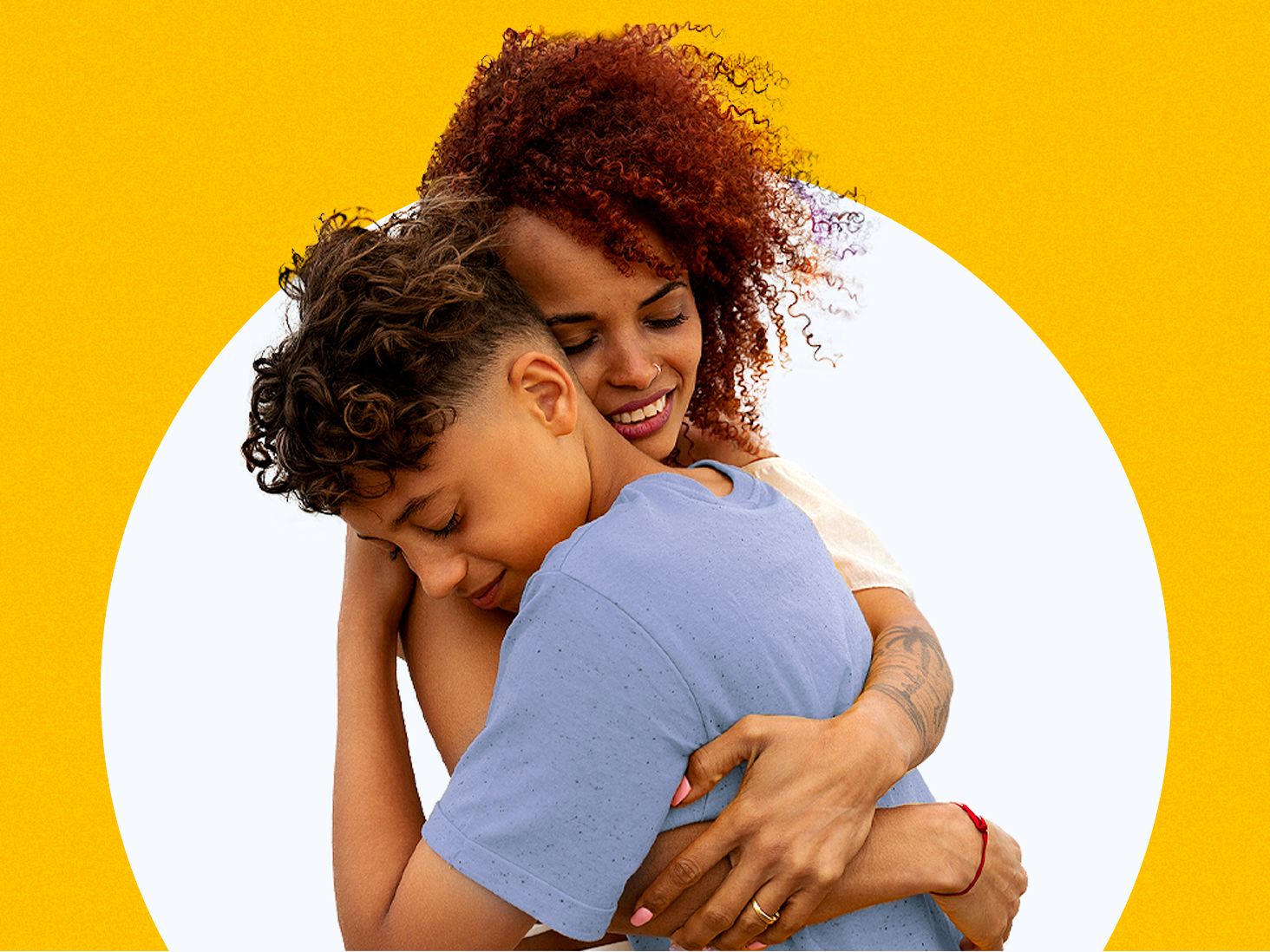If you’ve ever felt the tightness in your chest of a worry you can’t seem to escape, you know the reality of anxiety. That pit in your stomach. The shortness of breath. An inability to sleep at night, as your brain whirs and whirs. A sense of dread or uneasiness — sometimes without a clear cause.
It’s a reality I’ve dealt with for most of my life. Only, when I was a kid, I didn’t know there was a word for it.
Even when I was finally given a diagnosis, it was handed to me with nothing more than a prescription for meds. No one took the time to help me understand what was going on or to assure me that I wasn’t as broken as I felt.
Maybe you’ve experienced something similar. Or you have a child who seems to be dealing with anxiety. You want to help the little ones in your life understand what’s going on and provide them with vocabulary that can help them describe their experiences and ask for help when they need it. But you’re unsure of where to begin.
Perhaps you’re anxious just thinking about it.
We’re here to help. Why not start by taking three deep breaths? In through the nose and out through the mouth (smelling the flowers and blowing out the candles, if you will). And then… let’s begin.
According to the American Psychological Association (APA), anxiety is “an emotion characterized by feelings of tension, worried thoughts, and physical changes.”
If you have an anxiety disorder, you may experience frequent and recurring intrusive thoughts or worries that can be difficult to control. These thoughts usually don’t go away and may even get worse over time.
People with anxiety often fixate on their worries and have difficulty clearing their heads or focusing on other things to the point that the anxiety may affect their daily life. They may even begin to avoid activities or things they used to do or enjoy.
Anxiety can also manifest in physical symptoms, including:
- restlessness
- muscle tension
- upset stomach, or other aches or pains
- dizziness
- rapid heart rate
- sleep disturbances
- trembling
- sweating
- headaches
If any of this sounds familiar to you, you’re not alone. Anxiety is the most common mental health condition in the United States today, according to the Anxiety and Depression Association of America (ADAA). It affects roughly 40 million adults and
Anxiety can also occur alongside other conditions. For example, it’s common for those with depression and attention deficit hyperactivity disorder (ADHD) to also be diagnosed with anxiety.
The good news is that anxiety is highly treatable and the more a person understands about their condition, the easier they can develop tools to help manage it.
This is true for both adults and children.
Given the prevalence of anxiety disorders, it’s likely your child knows someone who has experience with anxiety or they’re dealing with it themselves.
Your child doesn’t even necessarily have to have a personal connection to anxiety for them to have questions about it. The condition often shows up in television and movies, and they may hear celebrities they follow talking openly about their own experiences with anxiety.
This is one of the beautiful things about increased awareness.
The more people who support and speak up about mental health — either from their own personal experience or as an advocate — the easier it becomes for others to understand and talk about it.
Whether you, your child, or someone you love is dealing with anxiety, the conversation with your child can start by getting curious and exploring what they already know. From there, you can dispel potential misinformation and explore how to approach the topic further.
It’s a good idea to explain to them that just like our bodies sometimes get colds, our brains sometimes get sick as well.
Younger kids may already have an understanding of what worries are and that feeling worried or scared can affect people mentally and physically, but it may help them to learn more about the why.
You may want to talk about how anxiety happens when the brain starts working too hard and getting too protective, like a worker bee tasked with keeping the queen safe. It buzzes and buzzes and wears itself out.
For older children, you can talk about how that then impacts the mind and body, and some of the symptoms they or their loved ones may experience as a result of anxiety. You can also discuss different types of anxiety, such as related to school, the future, or other things.
It’s also important to talk to your kids about managing anxiety and to let them know that it’s helpful to share when they’re feeling anxious so they can get the support they need.
For starters, you can share and practice breathing techniques with them (like the one mentioned at the beginning of this article — smelling the flowers and blowing out the candles) that promote relaxation and calm.
Still, depending on the severity of your kid’s anxiety, it’s also a good idea to talk to them about getting help from a mental health professional and to normalize mental health treatment, including therapy and medications.
For younger children, you may want to say something like “Sometimes worries or fears get so big that it’s hard to deal with them on our own. Your anxiety has made it really hard for you to leave the house (or go to school or to the doctor or play with your friends). A therapist can help you and Mommy and Daddy learn how to make our worries a little less big and scary.”
Regardless of your child’s age, they will likely have questions when the topic of anxiety comes up. Here are some common ones you might want to prepare yourself for:
What if my brain isn’t wrong?
For a child who’s experiencing anxiety themselves, the worries they’re carrying are very real. It’s important you don’t minimize those worries by brushing them away as unlikely or saying their brain is overreacting.
Instead, you want to let them know that fears and concerns they have stem from real places and are valid. But the extent to which those fears and concerns are taking over their thoughts is where their brain may be struggling.
One helpful way to do this is to talk them through their fears and to point out possible solutions or ways to resolve those fears. Remember: the fear itself isn’t invalid — but the amount of brainpower being taken over by the fear may not be helpful.
Is something wrong with me?
Kids who experience persistent anxiety may also have difficulties with self-esteem and confidence. They may assume they’re bad or the “problem” in any given situation, or that they did something to cause their anxiety.
It’s important to remind kids that there’s nothing wrong with them or anyone who has anxiety.
They’re not broken or defective, they just have a health condition — like any common cold or sore throat, except it occurs in the brain. You can also explain that certain events like trauma, stress, or adversity may cause mental health conditions.
Try to make it clear to them that having anxiety isn’t their fault, and more importantly, it’s something they can get help for.
What does treatment involve?
When talking about getting help for anxiety, children may want to know what that looks like. Depending on the severity of their anxiety, therapy is often the first step in treatment. Research has found that therapy alone can often be very helpful.
Psych Central has a great child-friendly guide to therapy that may help your child prepare for that step.
You can also talk with your child about medications that may be available in addition to therapy, letting them know that just like taking antibiotics for an illness of the body, anti-anxiety medication can help with anxiety symptoms.
Will I always feel this way?
For a child experiencing difficulties with anxiety, fears about the future can be a large part of their experience. It makes sense that a child with anxiety would be worried about always having those symptoms.
Now may be the right time to remind your child that help in the form of treatment is available and is very effective in helping with anxiety.
You can tell them that many people get treatment for mental health conditions and it’s nothing to be ashamed of. If you’ve had mental health treatment yourself, you can share with them what that experience was like for you and how it helped.
You can also practice deep breathing exercises with them and ask them to pay attention to how they feel before and after those exercises are complete. Chances are, they’ll feel much better after — and you can use this to show them that there are tools available that help.
Still, if they feel like the exercises are not helping, it’s good to acknowledge and validate that things may feel really bad right now, but that doesn’t mean they will feel that way forever.
I’m a mom with anxiety, raising several children with anxiety — books are great resources in our house! We love the following:
- Help Your Dragon Deal with Anxiety
- Peaceful Like a Panda
- Breathe Like a Bear
- What to Do When You Worry Too Much: A Kid’s Guide to Overcoming Anxiety
For my older child who has spent a lifetime in foster care and lives with separation anxiety as a result, “The Invisible String Workbook” has also been an incredible help.
Plus, Psych Central has put together a list of 18 books about anxiety for children and their parents, if the above suggestions don’t seem quite right for you.
Other resources to check out include:
- Anxiety and Depression Association of America
- WorryWiseKids
- Anxiety Disorders Resource Center of the American Academy of Child and Adolescent Psychiatry
- Anxiety information page of the Child Mind Institute
- Anxiety information page of the National Association of School Psychologists
If you and your child are talking about anxiety, it may mean your child or someone else in your home is dealing with it. This is a great opportunity to model for them what getting help looks like.
That’s right: the best next step, after a conversation, is to reach out for help. Your child’s pediatrician can provide resources for your child if they’re the ones experiencing anxiety. And your doctor can help if you are.
Either way, it’s good to remember for both you and your child that no one has to go through anxiety alone. Treatment is available, and it can make a huge difference.
Want to learn more about starting therapy? Psych Central’s How to Find Mental Health Support resource can help.
The following section is intended to be read to or with your kid to help them better understand anxiety.
Kids’ corner: What is anxiety?
Have you ever laid down in bed at night and closed your eyes, but not been able to sleep?
Maybe your body felt tight or twitchy, or your chest felt like an elephant was on it. Your mind might have shown you lots of pictures you could not turn off: images of scary things like monsters under the bed or something bad happening to your family.
That was probably really frightening.
But you know what? It happens to lots of people. And there is a name for it: anxiety.
Anxiety is what happens when you can’t shut your brain off and you’re worried about lots of different things, or even just one small thing.
It can make your head hurt and your tummy feel sick. Sometimes it starts because something bad happened to you and you can’t stop thinking about it. Other times, it’s just the way your brain works. It’s your mind working a little too hard to keep you safe.
Either way, anxiety can feel really yucky. Not just in your brain, but in your body too.
People with anxiety do not have to feel that way forever, though. Just by talking about anxiety, we can often start to feel better. And there are lots of ways to help keep anxiety from feeling too big.
In fact, one of the easiest things you can do is breathe. Even if you do not feel anxiety right now, we can still try it. Take three deep breaths. Pretend you’re smelling some flowers, and then blowing some candles out.
Silly, right? But did it help? I hope it did!
So if you ever feel anxiety, let your loved ones know how you feel. Maybe they will tell you how they are feeling, too!
Leah Campbell is a writer and editor living in Anchorage, Alaska. A single mother by choice, Leah is an adoptive and foster mom to four biological siblings who spent way too much of their life apart. She’s the author of the books “Single Infertile Female” and “The Story of My Open Adoption” and has written extensively on the topics of mental health, adoption, and parenting. You can connect with Leah via Facebook, her website, and Twitter.



